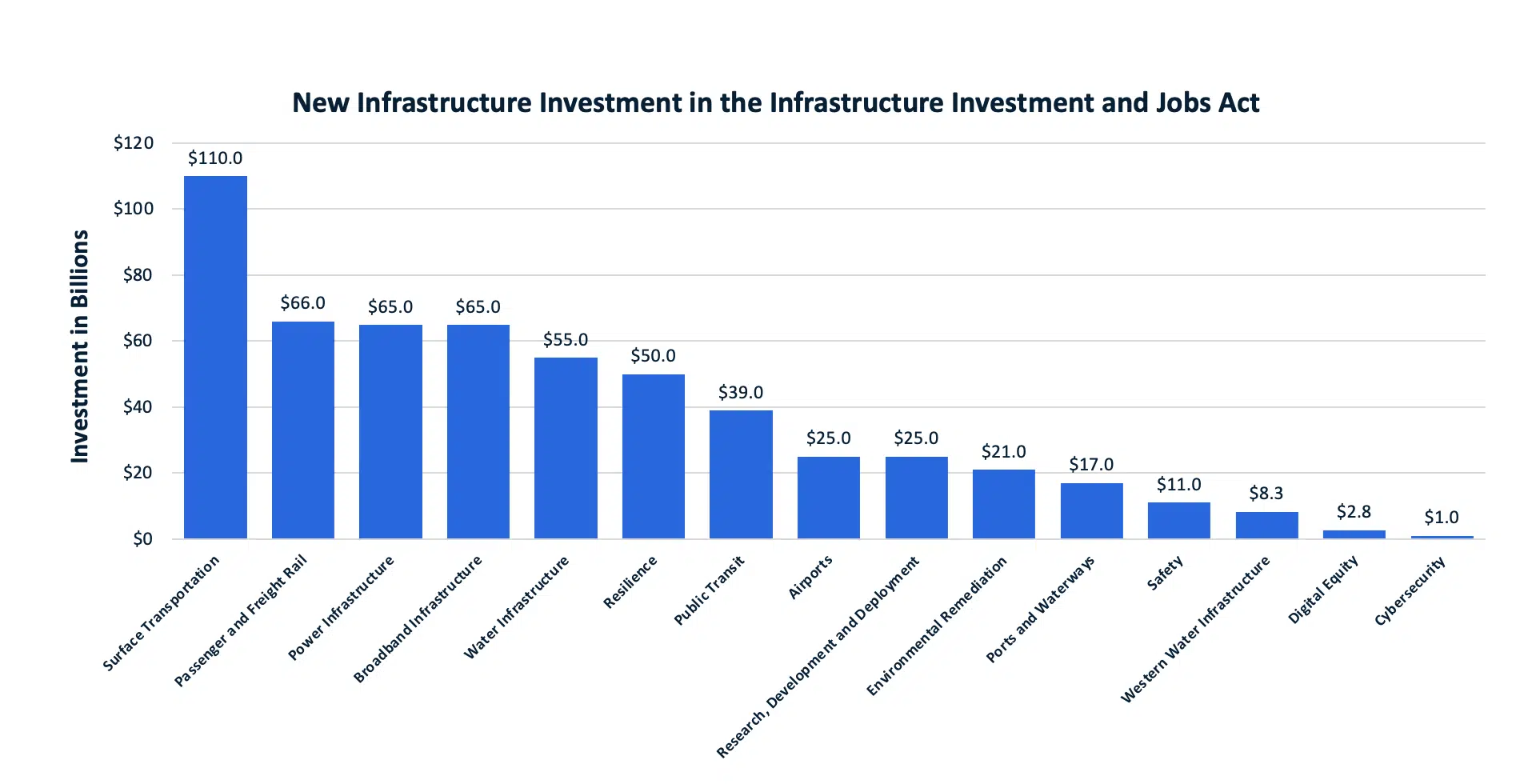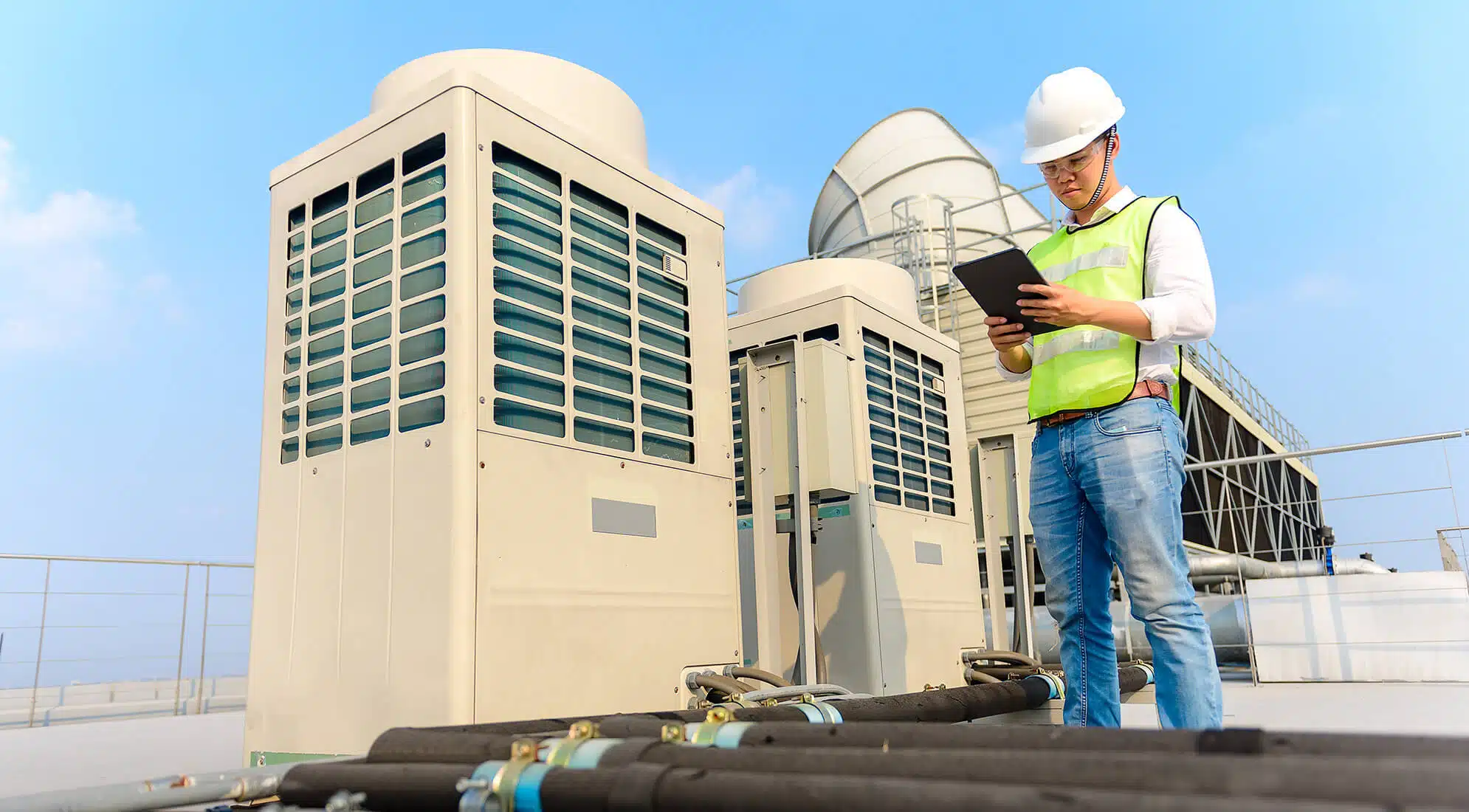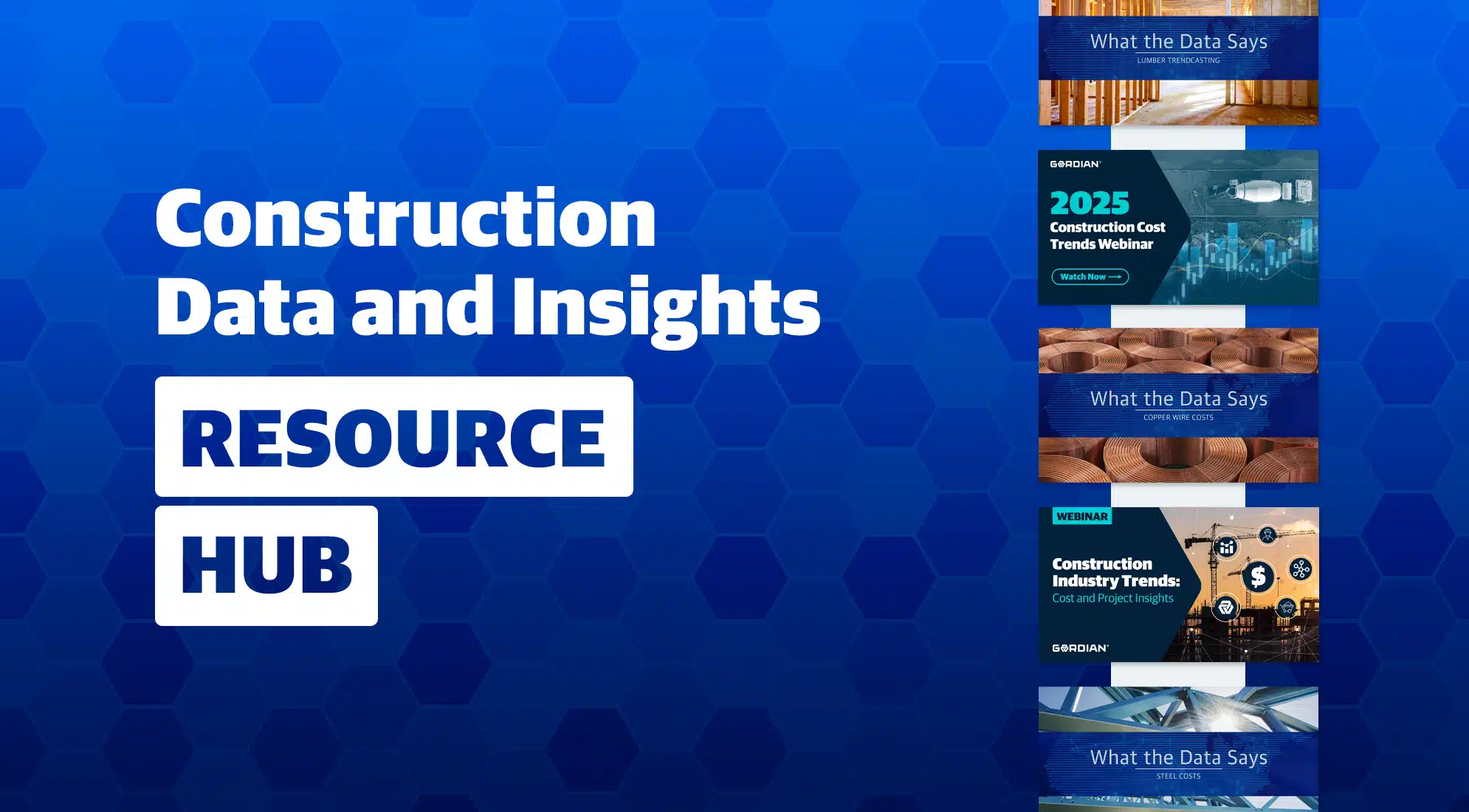Every four years, the American Society of Civil Engineers (ASCE) releases the “Report Card for America’s Infrastructure.” This assessment of U.S. infrastructure is packaged exactly as you might imagine it, with letter grades assigned to 17 categories by experienced and dedicated civil engineers. It is widely considered the definitive assessment of America’s roads and bridges, water systems, energy grid, schools, airports and other physical assets, and has been since its initial publication in 1998.
At approximately the halfway point between the last Infrastructure Report Card and the next one, now is a good time to reflect on the ASCE’s 2021 findings, its recommendations for strengthening America’s physical assets and the tools organizations can use to implement those recommendations.
A Below Average Grade for U.S. Infrastructure
Overall, American infrastructure earned a C- in 2021, the bottom end of average, but out of the D range for the first time in twenty years. Yet, when you look at the scores individually, a bleak situation looks bleaker. Transit earned the lone D-, but dams, levees, roads and stormwater systems all got Ds. These are serious vulnerabilities, particularly in light of increasing weather disasters. The highest graded asset type was rail, which earned a B. Not much of a bright spot.
It’s worthy to note that while threat to public safety is one input into the ASCE’s grades. So while a D grade does not mean that a catastrophe is imminent, it is still safe to correlate lower grades with greater potential for failure.
The Costs of Degrading Infrastructure Assets
Back in 2021, the ASCE estimated total U.S. infrastructure needs to be valued at approximately $5.937 trillion, $3.35 trillion of which was funded. That left a wide funding gap of more than $2.5 trillion dollars – just an inconceivable amount of money. The gap is so wide it makes an abstraction out of concrete problems. These unfunded needs are schools without heat or AC. They’re barely drivable roads. They are weak defenses against hurricanes and floods. They matter materially, and they matter personally to the Americans who have been forced to accept them as an unfortunate part of their lives.
One development since the publication of the infrastructure report card is the passage of the Infrastructure Investment and Jobs Act (IIJA) in November of 2021. Voted into law with bipartisan support, the IIJA allocates $1.2 trillion of infrastructure spending over the next five years, including $550 billion in net new investment. Among other things, the IIJA allocates $110 billion for roads, bridges and surface transportation projects, $65 billion in power infrastructure and $55 billion for water infrastructure. This spending should improve asset conditions and, by extension, the grades on the next ASCE report card.
Improving U.S. Infrastructure
Like a teacher invested in the success of her pupils, the ASCE offered suggestions for righting the ship and improving America’s infrastructure grade. Significant investment is a major pillar of these suggestions, some of which will come via the IIJA. But money alone is not enough. That’s why ASCE is encouraging holistic solutions to these pervasive vulnerabilities.
The group issued a clarion call for “strong leadership, decisive action and a clear vision” for U.S. infrastructure from government, industry, labor and nonprofits. ASCE outlined several outcomes they’d like to see made real, including the “creation and utilization of infrastructure data sets,” embracing technology to optimize resource deployment, considering asset lifecycle costs during project procurement and delivery, using innovative processes and materials, and promoting sustainability.
ASCE also made specific recommendations for enhancing infrastructure resilience. They are urging all communities to build their own pathway to resilience by streamlining asset management and analyzing lifecycle costs during regular planning efforts, prioritizing projects that improve community safety and security, and improving land use planning, among other things.
This is an ambitious plan of action, a paradigm shift in how American powerbrokers treat infrastructure management. But with assets deteriorating and risks increasing every day, we may well be in a place where bold action is the only choice.
See how public sector leaders can use federal funding to optimize their facilities in this actionable and informative playbook.
Aiding in ASCE’s Call to Action
Leaders who want to answer ASCE’s call for decisive leadership are going to need help from experienced partners with the skills to implement their recommendations. Real change is going to require a team effort.
Gordian’s accurate insights, robust technology and comprehensive expertise empower organizations to effectively budget, build and maintain their capital-intensive building assets, whether they be facilities or infrastructure.
We have powerful tools for gathering condition data and other important information your organization can use to create a clear and common understanding of existing needs and the long-term risks of allowing those needs to fester. From this data-driven consensus, organizations can prioritize projects and model various funding scenarios to illustrate the impact of their decisions before they make them.
Gordian’s Procurement Solutions can accelerate time to construction so your community improves in less time than traditional procurement cycles allow. Our secure, cloud-based software gives you the ability to keep up with project milestones and easily track spending – a necessity for anyone using grant funding or federal aid, and we help organizations establish trusting relationships with qualified contractors who take the time to understand your goals and help you reach them.
Finally, we can help you monitor and measure your infrastructure performance so you can continue to provide an optimal community experience and keep up with changing needs.
Taken together, these solutions give you the power to make a positive impact on your organization, your community’s infrastructure and the lives of those around you.







